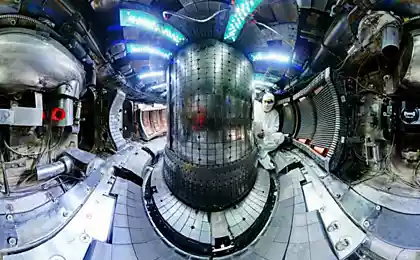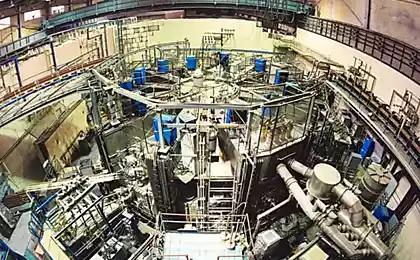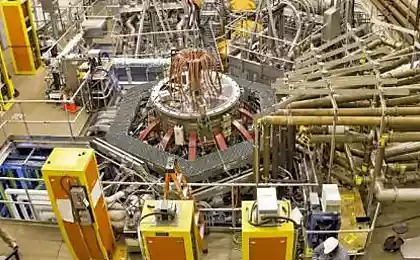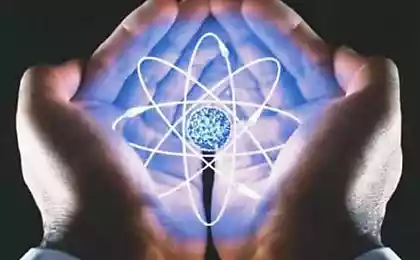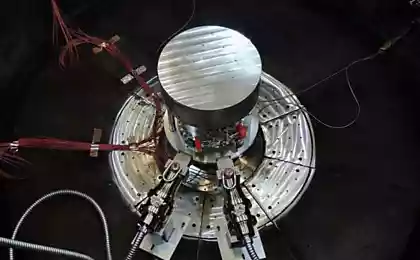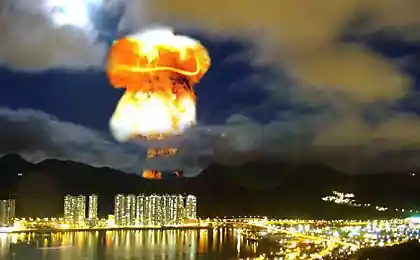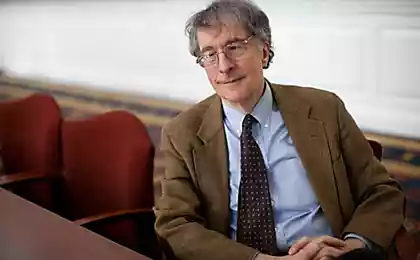442
In South Korea set a new record in the field of thermonuclear fusion
Scientists from the Korean research Institute for thermonuclear fusion (National Fusion Research Institute, NFRI) has set a new world record by holding the "cord" of high-temperature plasma in 70 seconds in the chamber experimental reactor KSTAR (Korean Superconducting Tokamak Advanced Research). At the same time, for heating and plasma confinement used new non-inductive method, combined with a number of innovative technologies, such as a rotating magnetic field of complex shape, which allowed us to obtain highly stable plasma state.

KSTAR experimental reactor located in Daejeon (Daejeon), 160 kilometers from Seoul. The construction of this reactor took over a decade, and in operation it was introduced in 2008. After this, the design of KSTAR reactor were subjected to constant modernization, which allowed to increase its effectiveness.
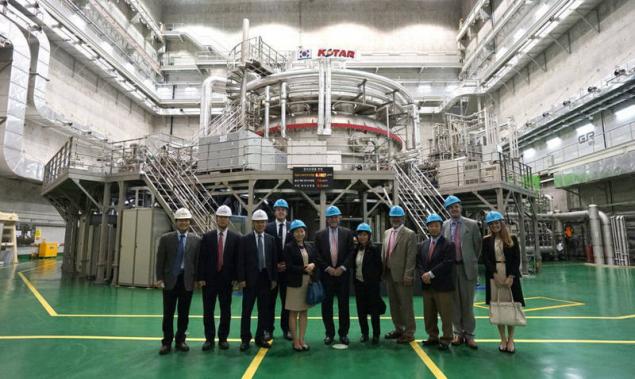
Another achievement of scientists from the NFRI was the development of the internal barrier (internal transport barrier, ITB), which protects the internal part of the reactor from the harmful effects of high-temperature plasma and which outputs excess energy. The effectiveness of this barrier has reduced the amount spent on the heating of the plasma energy, and this case is the first ever practical use of barrier ITB in superconducting fusion reactor.
In conclusion, it should be noted that South Korea is a member of the international project International Thermonuclear Experimental Reactor (ITER). "All of what we have achieved with the help of the KSTAR reactor, can be used by the world community," says Ximen Kim (Keeman Kim), Director General of the Institute NFRI, "AND we hope that the proportion of our contribution to international research in the field of thermonuclear fusion will become a very, very significant". published
Source: ecotechnology

KSTAR experimental reactor located in Daejeon (Daejeon), 160 kilometers from Seoul. The construction of this reactor took over a decade, and in operation it was introduced in 2008. After this, the design of KSTAR reactor were subjected to constant modernization, which allowed to increase its effectiveness.

Another achievement of scientists from the NFRI was the development of the internal barrier (internal transport barrier, ITB), which protects the internal part of the reactor from the harmful effects of high-temperature plasma and which outputs excess energy. The effectiveness of this barrier has reduced the amount spent on the heating of the plasma energy, and this case is the first ever practical use of barrier ITB in superconducting fusion reactor.
In conclusion, it should be noted that South Korea is a member of the international project International Thermonuclear Experimental Reactor (ITER). "All of what we have achieved with the help of the KSTAR reactor, can be used by the world community," says Ximen Kim (Keeman Kim), Director General of the Institute NFRI, "AND we hope that the proportion of our contribution to international research in the field of thermonuclear fusion will become a very, very significant". published
Source: ecotechnology
Caution! Disruptors of the endocrine system in objects of daily use
The success of renewable energy in the world and attempts of development in Russia

